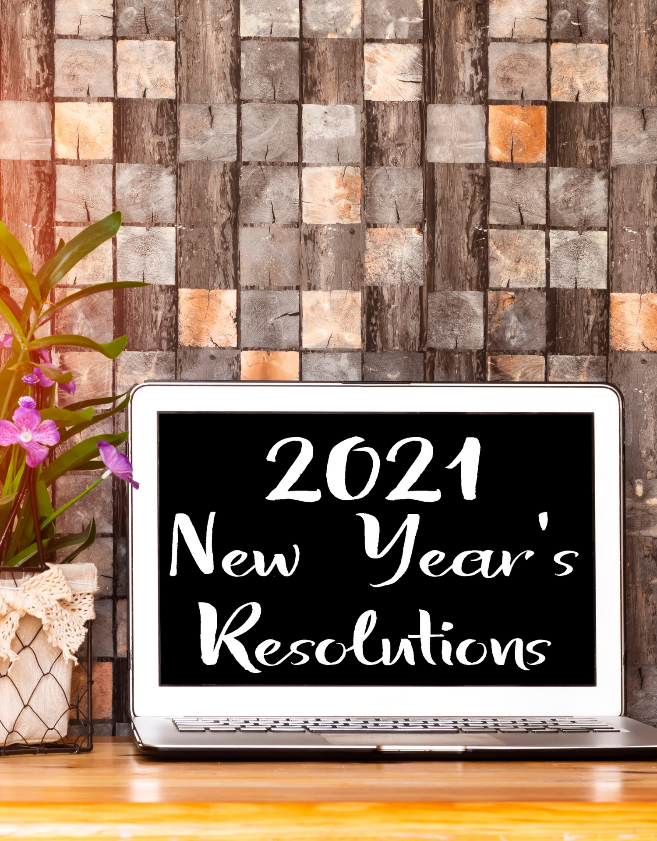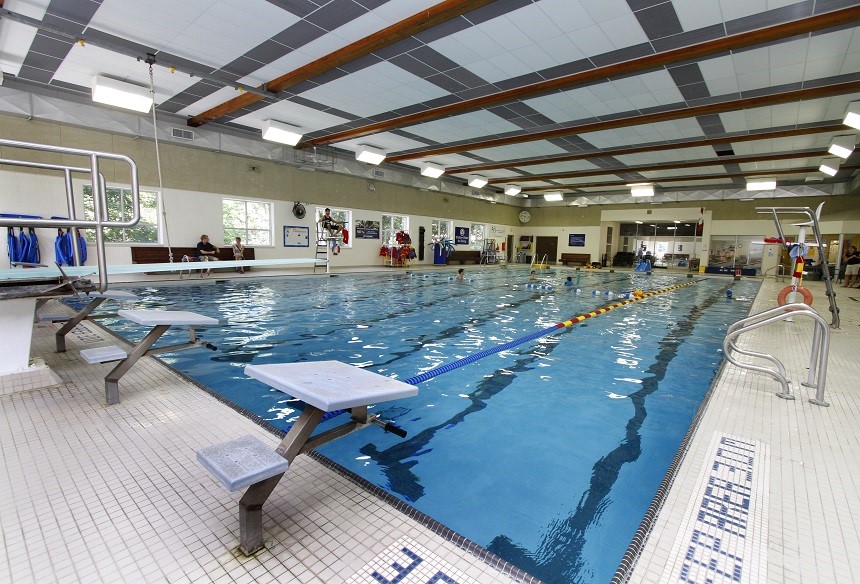2021 is just around the corner and I think we all have high expectations for a better year ahead. However, with the current state of the world, our better year ahead likely has to start with ourselves. If you have previously set New Year’s resolutions and not met your goals, setting new ones may be less and less compelling each year, especially with wellness and fitness goals.
After years of setting and failing to achieve our wellness resolutions, we no longer feel confident in our ability to follow through on our goals. We equate them to something unattainable, daunting, and no fun at all! Who wants to do something that doesn’t make them happy?!
Given that approximately 33% of all goals set for the new year deal with improving physical fitness and nutrition (“Leading New Year’s Resolutions,” 2018), finding ways to approach, work towards, and sustain your goals are crucial to feeling accomplished, empowered, and at your best.
Setting goals and intentions for the new year is productive and creates motivation. Setting and working towards our resolutions can be a more positive experience if we change how we execute them, and it starts with making a decision to create positive changes, like getting rid of some bad habits and making room for new healthier ones.
So, if resolutions are so positive, why do we so often fail to follow through with them? It’s not that we aren’t capable of reaching these goals — we certainly can! — the problem comes from trying to do too much at once, making it hard to take action or hard to sustain that action. You often hear that goals should be achievable, which is true, but I believe that anything is achievable if done with the right plan. By making your resolutions alongside a solid plan, you can and will follow through on them! The right plan should progressively get you to one small goal then another, eventually reaching all the outcomes you want.
Diving in and trying to do all the things right out of the gate sets us up for failure. One study shows that about 49% of those who set New Year’s resolutions fail before the year is done (Oscarsson et al., 2020). Out of the 51% of people who did follow through after a year, the ones that had support, professionally and personally, found it easier to stick to their goals.

Here are some tips to help set successful New Year’s resolutions and follow through in the long-term:
- Set goals based on habits. We often set our goals as our outcomes, such as losing weight, fitting into a specific dress or getting ready for an event. This type of goal has no longevity to it. So, go grab a journal. Start writing out all of the outcomes you want. What habits do you need to adopt in order to get to these outcomes (working out consistently, stop drinking soda, move more, drink more water, eat more vegetables, etc.)? List them out and decide which ones make sense to start with. These are the goals and habits you want to start with, which creates your action steps. Every time you master a new habit, that is a goal that you have achieved. These small goals that you accomplish build confidence, create momentum, and are super encouraging to help you keep going forward. These goals help you reach your desired outcomes.
- Know your “why” and feel attachment to it. You have heard this before, I’m sure. The challenge here is in creating an emotional attachment to your outcome(s) — your “why” is your reason for wanting to reach your desired outcome(s). If you set your why as something as simple as “I want to look good” or “I want more confidence,” there is no emotional attachment involved. So, for every answer you come up with, ask yourself: “What will having that do for me?” and “How will it make my life better?” Go deep! Grab your journal again and start from here. What you come up with is your BIG MOFA (big motivating factor), something that excites you and brings a smile to your face when you think of where you will be. Your BIG MOFA allows you to get up every day ready to keep tackling new goals and habits, so you can reach your desired outcomes.
- Now that you have done all that, it’s time to “clear the clutter.” Creating a positive environment is key to succeeding. This is not limited to your physical space; mental clutter, emotional clutter, and clutter in your schedule should also be cleared away. Forget about past mistakes and failures; let go of old, unhelpful patterns of behaviour. You are starting in a new way, a better way. You also need to let go of negative emotions towards your body that you may be harbouring. How you see yourself dictates your action steps. It determines whether you move forward in punishment or in a more nurturing way. Time to grab that journal again and start writing down all that is amazing about you and your body. Write down all your strengths, because these will help you follow through on your action steps. Now go clean up your schedule. Get rid of things that you don’t need to be doing but say yes to because you feel that you should. Get rid of things that you use to fill up time and just to keep busy. Instead, fill those times with your action steps. Then you can start cleaning up your physical space: your kitchen should be the first stop. Get rid of clutter, old expired foods, utensils and tools that you don’t use or have too many of (donate these items), and start slowly replacing foods with healthier items (don’t waste any food, just slowly use it up).
- Make sure you are supported in your new journey. Talk to friends and family members. Be transparent and open about your goals and why they are important to you. Ask them directly if they are with you on this. They need to fully accept your decision for change or it will be difficult to keep following through, as you will need their support. Also, saying your goals out loud to someone else helps with accountability. It is always a great idea to ask for professional help when trying to improve your nutrition and start exercising. Get a thumbs-up from your physician and then choose a coach that you resonate with, one that has your best interests at heart. If you feel like your goals are on a timeline or rushed, it is not the best environment to be in if you want to make wellness a lifestyle. So, get a coach who encourages, motivates, and supports you, but also gives you a system that allows you to thrive, progressively reach your goals, and sustain them.
These four steps can effectively help you set goals to get all the desired outcomes you are dreaming of. New Year’s resolutions to improve your wellness and fitness are such a great way to start 2021. With better wellness comes better health, keeping us safe from illness and injury, and creating vitality, enabling us to live our lives to the fullest.
Happy New Year! All the best to you and yours for 2021.
Sources
Oscarsson, M., Carlbring, P., Andersson, G., and Rozental, A. 2020. A Large-Scale Experiment on New Year’s Resolutions: Approach-Oriented Goals Are More Successful Than Avoidance-Oriented Goals. PloS One, 2020 Dec 9;15(12): e0234097. Url: https://pubmed.ncbi.nlm.nih.gov/33296385/ (accessed Dec. 20, 2020).
Statista. 2018. Leading New Year’s Resolutions According to Canadians in 2017. Url: https://www.statista.com/statistics/655493/new-years-resolutions-canada/ (accessed Dec. 20, 2020).



